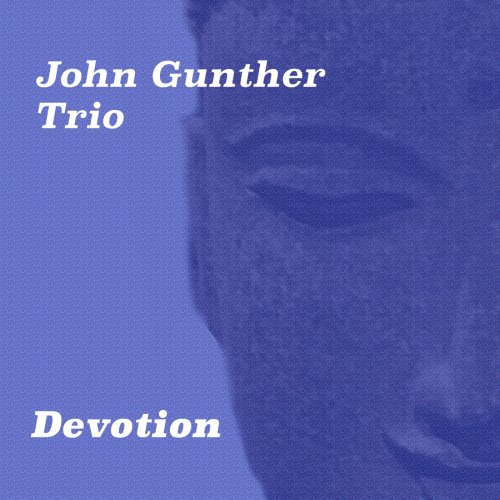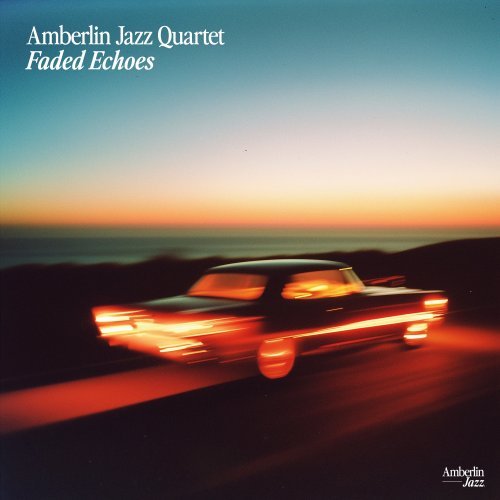Sontag Shogun - Patterns for Resonant Space (2017) Lossless

Artist: Sontag Shogun
Title: Patterns for Resonant Space
Year Of Release: 2017
Label: Youngbloods
Genre: Electronic, Ambient, Modern Classical
Quality: FLAC (tracks)
Total Time: 31:36 min
Total Size: 150 MB
WebSite: Album Preview
Tracklist:Title: Patterns for Resonant Space
Year Of Release: 2017
Label: Youngbloods
Genre: Electronic, Ambient, Modern Classical
Quality: FLAC (tracks)
Total Time: 31:36 min
Total Size: 150 MB
WebSite: Album Preview
01. no.13 (Sushi Rice, AM Frequency Gap, Pines) 02:58
02. no.9 (Barricade Bleu) 02:24
03. no.5 (Melt Canyon) 02:00
04. no.19 (Patient Elegy for Bernr'd Hoffmann) 03:06
05. no.4 (Sonar) 03:29
06. no.2 (Music Box) 02:34
07. no.16 (Windmill) 02:02
08. no.17 (Chopsticks, Motor, Lecture) 02:35
09. no.10 (£20,000) 02:56
10. no.8 (Leaves Like Photographs)
Brooklyn based avant-garde trio Sontag Shogun collaborates with NYC label Youngbloods to present their newest full-length effort, “Patterns For Resonant Space”.
"Making use of analog sound treatments, found sounds, and solo piano compositions, Sontag Shogun depicts abstract locations and delicate structures within distant, shared memories.
In tonality and design, “Patterns for Resonant Space” soundtracks a solitary journey through old photographs, building and deconstructing each composition in tandem with each narrative. The group’s pianist, Ian Temple, describes the recording process: “This album was an experiment in reverse engineering our normal composition process. We started with sounds and noises, and then I responded to those with piano. We didn’t have any piano ideas written before recording day, so I was able to respond in a very pure way to what I heard. With every melodic idea,
I aimed to create the most simple possible statement, something succinct and focused to parallel the way that each track is defined by a few very specific sounds. I think we ended up with 20+ short piano ideas recorded in my living room on my childhood upright, and then narrowed it down to the ones that told the best story.” In conjunction with Temple, Jeremy Young and Jesse Perlstein utilized a diverse mosaic of electronic equipment to assemble a textured base throughout the album. Calling on tape loops, signal generators, field recordings, an organ, and a glockenspiel, they explored new terrain at The Pines in Montreal. The duo played sounds through amps, miking each room in different spots to capture their true aural qualities. This method of recording would limit the digital editing process and reflect the uniqueness of that particular space and experience. The result of the group’s experiment is a hazed nostalgia; a collection of 10 compositions passively investigating the caverns and cul de sacs of our shared conscious."
"Making use of analog sound treatments, found sounds, and solo piano compositions, Sontag Shogun depicts abstract locations and delicate structures within distant, shared memories.
In tonality and design, “Patterns for Resonant Space” soundtracks a solitary journey through old photographs, building and deconstructing each composition in tandem with each narrative. The group’s pianist, Ian Temple, describes the recording process: “This album was an experiment in reverse engineering our normal composition process. We started with sounds and noises, and then I responded to those with piano. We didn’t have any piano ideas written before recording day, so I was able to respond in a very pure way to what I heard. With every melodic idea,
I aimed to create the most simple possible statement, something succinct and focused to parallel the way that each track is defined by a few very specific sounds. I think we ended up with 20+ short piano ideas recorded in my living room on my childhood upright, and then narrowed it down to the ones that told the best story.” In conjunction with Temple, Jeremy Young and Jesse Perlstein utilized a diverse mosaic of electronic equipment to assemble a textured base throughout the album. Calling on tape loops, signal generators, field recordings, an organ, and a glockenspiel, they explored new terrain at The Pines in Montreal. The duo played sounds through amps, miking each room in different spots to capture their true aural qualities. This method of recording would limit the digital editing process and reflect the uniqueness of that particular space and experience. The result of the group’s experiment is a hazed nostalgia; a collection of 10 compositions passively investigating the caverns and cul de sacs of our shared conscious."

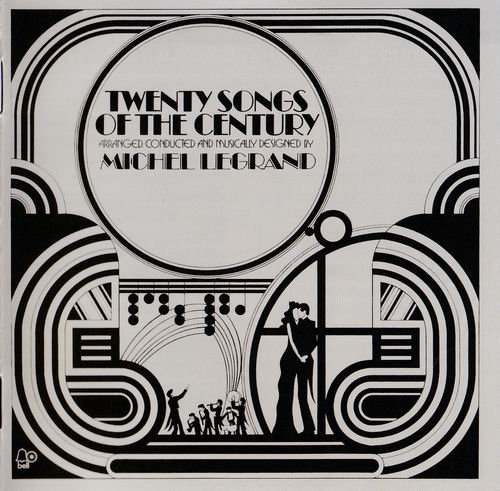
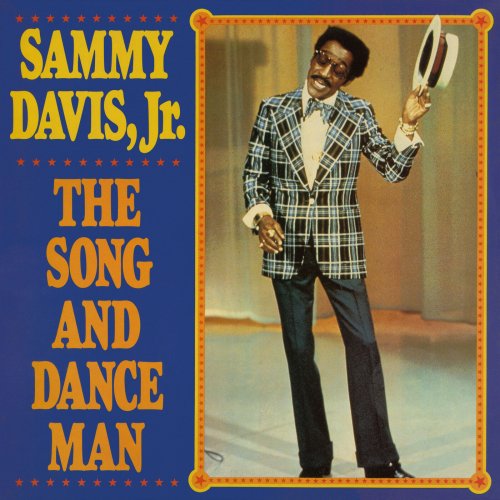
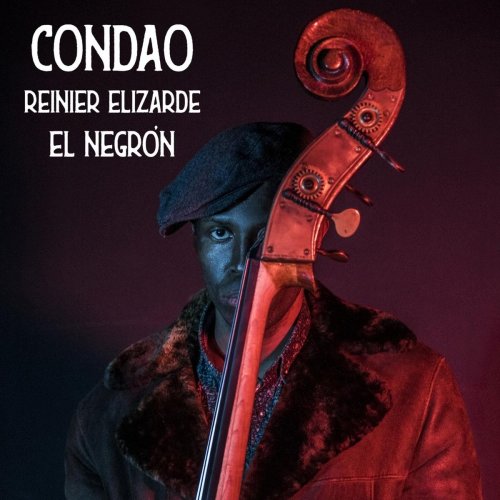
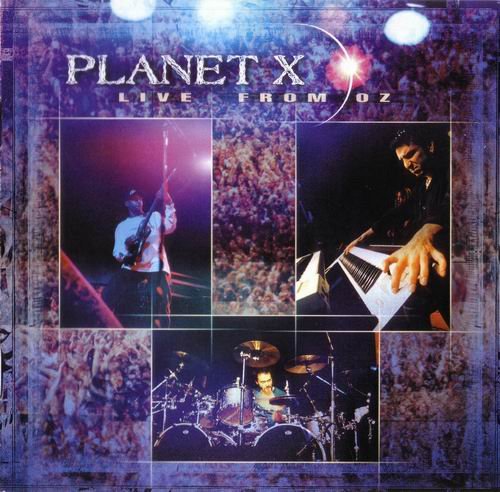
![Posey Royale - The Real Low-Down (2025) [Hi-Res] Posey Royale - The Real Low-Down (2025) [Hi-Res]](https://www.dibpic.com/uploads/posts/2025-12/1765494723_zbd6vfngwwskb_600.jpg)
